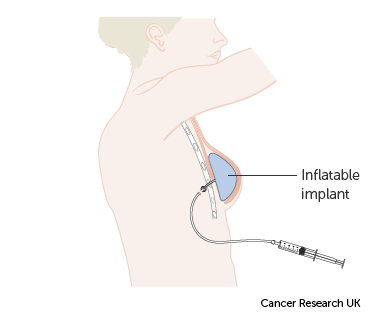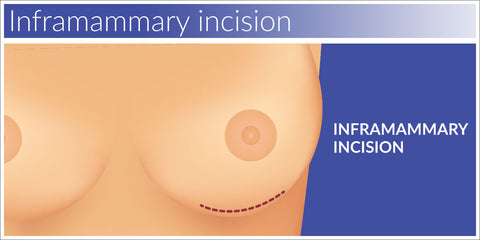
Transgender breast implants are surgery procedures designed to create a more feminine upper body. After surgery, patients will need to follow a hormonal regimen for at most 18 months. They will lose body hair and develop fat tissue in their breast area, which will help them achieve a fuller and more feminine figure. Patients will typically have a B or A-cup breast.
Cost
Transgender implants can cost as little as $1999 for saline breast implants and as much at $25,000 for silicone ones. Costs of this procedure are affected by many factors including the type of implants used, the surgeon's fees and previous surgeries. BMI (body mass index) also has an impact on the cost.
In Australia, the cost of transgender breast implants is viewed as cosmetic surgery and is therefore not eligible for Medicare rebates or early access to superannuation. You can find a surgeon who will perform the procedure in Australia. The Australian Professional Association for Transgender Health provides a list with a list accredited clinics and surgeons. You must be aware of possible risks.
Anatomy
The anatomy of a transgender woman's breast is different than that of an biological female. A genetic male tends to have a larger chest, wider shoulders, and a smaller internal fold than a female. Implants placed behind the NAC can cause a loss of shape or fullness. Implants placed slightly medial may give you a more feminine, smoother look and more cleavage. Fat grafting can also be used to address this problem.

If the surgeon can accurately assess the shape and size of the patient's breasts, he will be able make a more natural-looking implants. The procedure can be done with either silicone or saline breast implants. Silicone implants are the most popular choice. There are three types: textured, smooth, and shaped silicone breast implants. A doctor may use an anatomic sizer to find out which ones would look best on a transgender patient. A surgeon may also use computer simulations to better determine the size of patient's breasts.
Procedures
Transgender (male to female) breast augmentation can give you the appearance and feeling of a woman. This procedure can be performed in one or two stages, depending on your needs and preferences. The tissue expander is used to stretch the lower skin poles in order for a larger implant to be placed. The second stage involves the placement of an implant.
In order to prepare you for the procedure, it is important that you are in good health. An expert in breast augmentation can provide you with specific instructions. If you're transgender, you should have a good understanding of your body's unique anatomy and have a clear idea of how you want to feel and look after the procedure.
Complications
Transgender woman who are trying to increase breast size may be at higher risk of implant rupture or asymmetry. These complications may also result in a need for reoperation. Transgender breast augmentation is becoming more risky as more patients are able to undergo gender affirming surgery.
The World Professional Association for Transgender Health, (WPATH), has established standards for the care of patients who are seeking a transgender breast-augmentation procedure. These standards define the required and recommended components for a thorough preoperative workup.

Long-term results
Because some patients may have problems, long-term outcomes of transgender implant surgery can be difficult. While most transgender women are happy with the results, some may have regrets. The majority of women who undergo the surgery are not disappointed and only 3% would not undergo it again. There are risks of complications. Transgender women may feel discomfort after the surgery. There are many ways to help them feel more comfortable.
Although the likelihood of transwomen suffering from capsular contracture is very low, it does happen. About 3% of transwomen have experienced this problem. Only 1% of patients undergoing this operation had had the implants removed. This is a low rate, but it is significant enough to warrant further research.